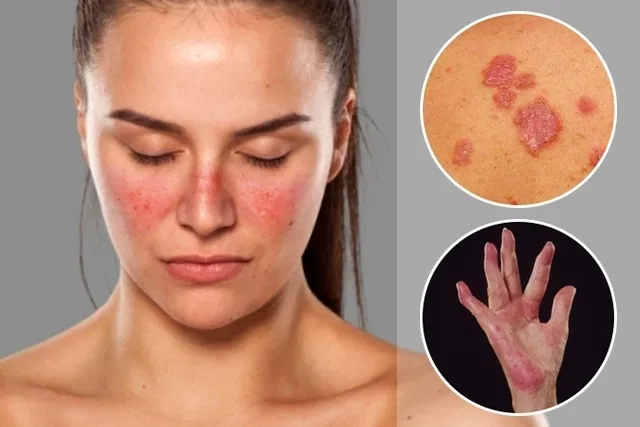HIV (Human Immunodeficiency Virus) and AIDS (Acquired Immunodeficiency Syndrome) are related but distinct conditions. Here’s a breakdown of each:
HIV
Cause:
- HIV is a virus that attacks the body’s immune system, specifically the CD4 cells (T cells), which are crucial for fighting infections.
Symptoms:
- Acute HIV infection (within 2-4 weeks after exposure) can cause flu-like symptoms, such as fever, sore throat, rash, and swollen lymph nodes. This phase is often called acute retroviral syndrome (ARS) or primary HIV infection.
- As the virus progresses, symptoms might not appear for years. During this time, HIV can still be damaging the immune system. Chronic HIV infection can eventually lead to more severe symptoms.
Prevention:
- Use of condoms during sex.
- Regular testing and knowing your partner’s HIV status.
- Taking pre-exposure prophylaxis (PrEP) if at high risk.
- Avoid sharing needles or syringes.
- For those with HIV, taking antiretroviral therapy (ART) can reduce viral load to undetectable levels, minimizing transmission risk.
Treatment:
- There is no cure for HIV, but it can be managed with antiretroviral therapy (ART). ART helps reduce the viral load to undetectable levels and allows people with HIV to live longer, healthier lives.
- Consistent use of ART also significantly reduces the risk of transmitting HIV to others.
AIDS
Cause:
- AIDS is the final stage of HIV infection. It occurs when HIV has severely damaged the immune system, leading to a very low number of CD4 cells and the development of opportunistic infections or certain cancers.
Symptoms:
- Symptoms of AIDS can include rapid weight loss, recurring fever or night sweats, prolonged swelling of lymph glands, persistent diarrhea, sores or white spots in the mouth, and certain types of cancer. Essentially, AIDS is characterized by the occurrence of opportunistic infections that exploit the weakened immune system.
Prevention:
- The prevention strategies for HIV are also relevant for preventing the progression to AIDS. Early diagnosis and treatment with ART are crucial to prevent the progression from HIV to AIDS.
Treatment:
- Treatment for AIDS involves the same ART used for HIV. Managing HIV with ART as early as possible helps prevent the progression to AIDS.
- In addition to ART, treating opportunistic infections and other complications associated with AIDS is necessary.

Overall, early detection and continuous treatment are key to managing HIV and preventing the development of AIDS. If you think you might be at risk or have been exposed, getting tested and seeking medical advice is important.
For inquiries and appointments, please call us at:
961-2234, 961-2442, 961-2284, 961-2616
B. Mendoza St., Sto. Rosario, City of San Fernando, Pampanga.



